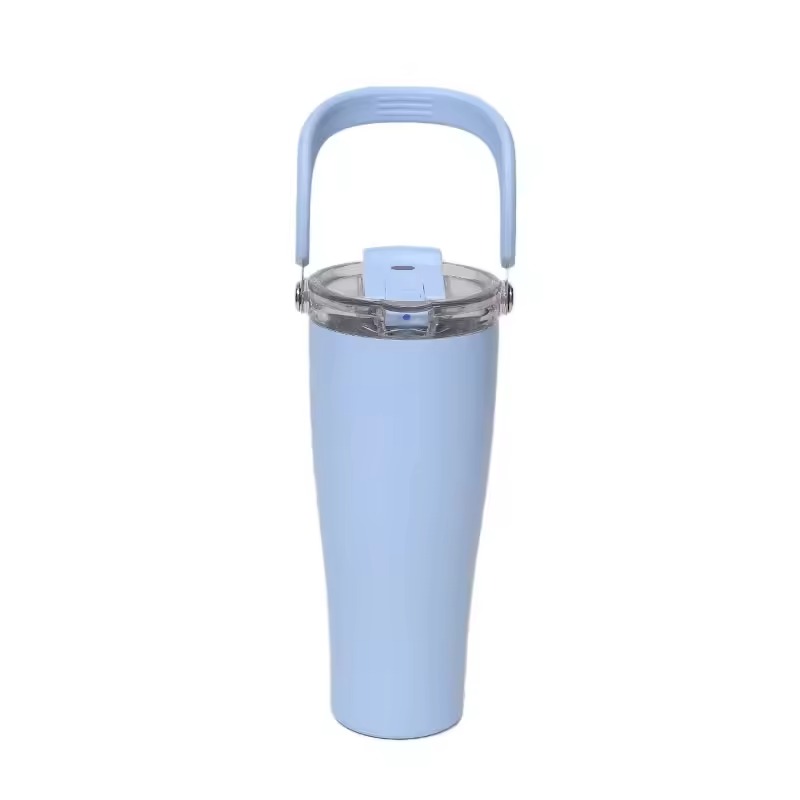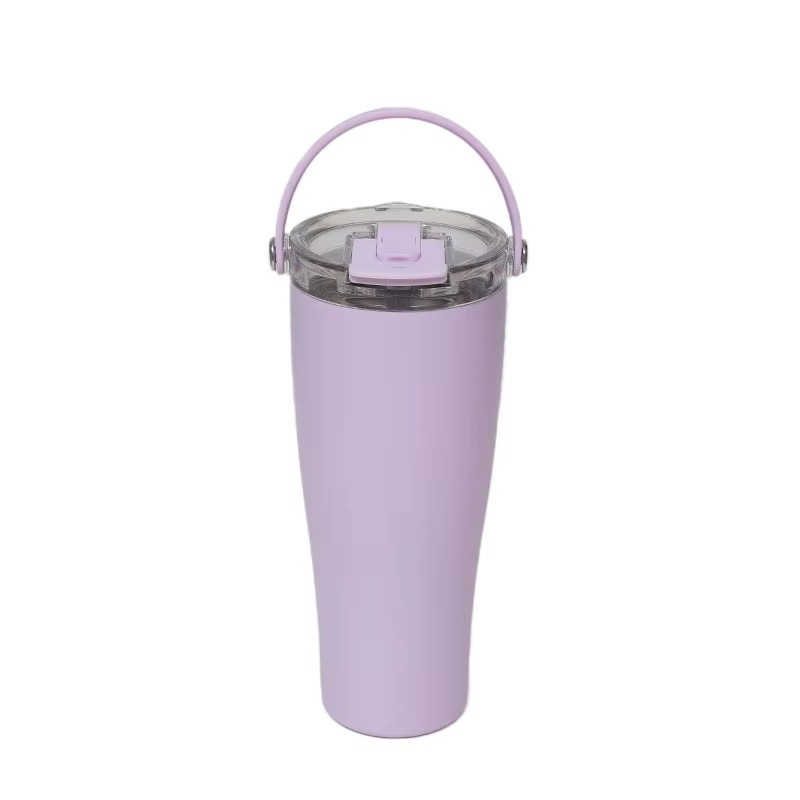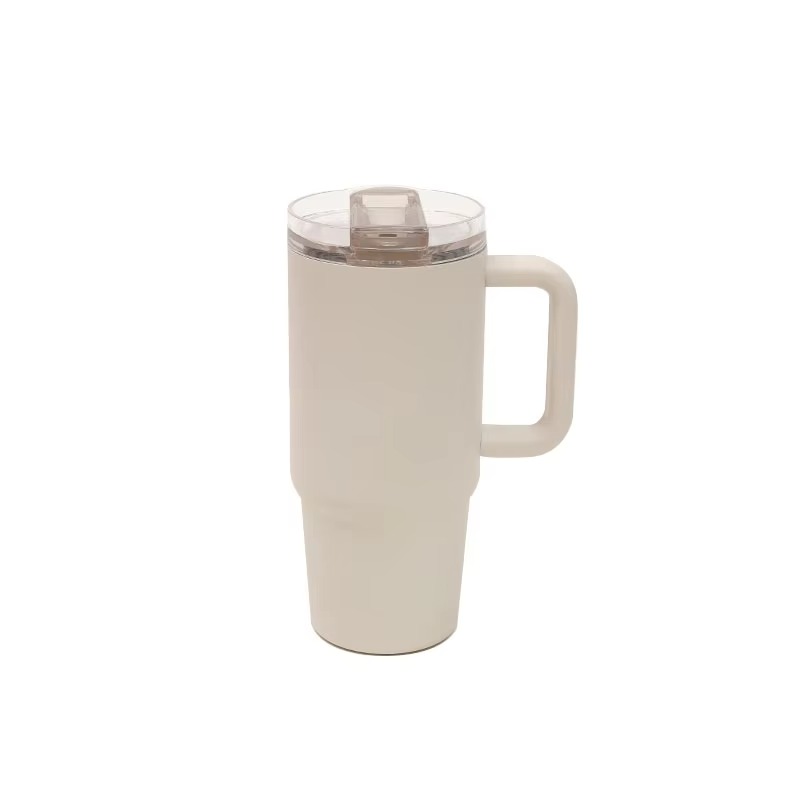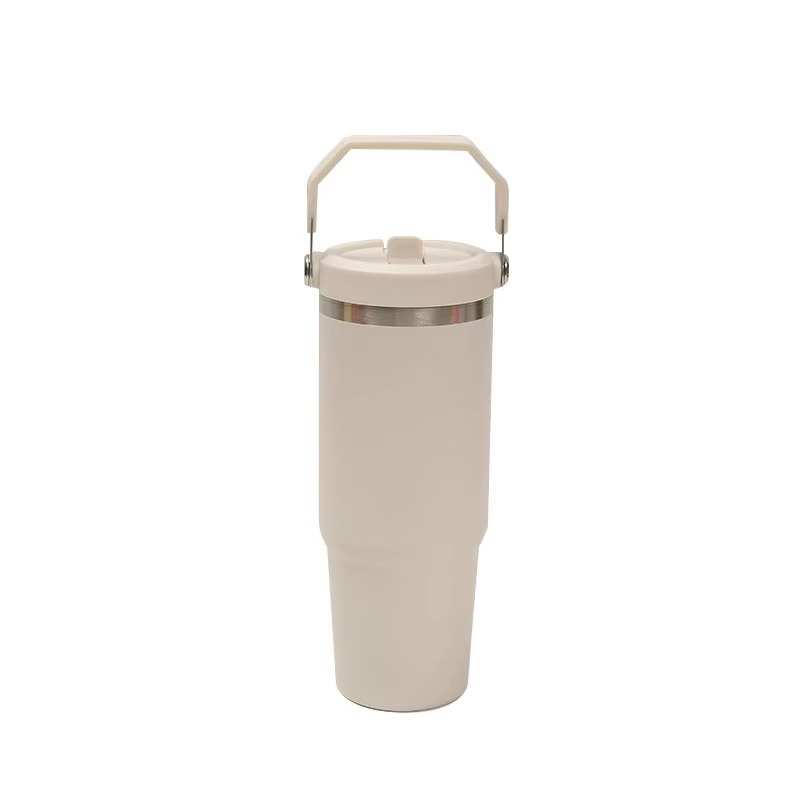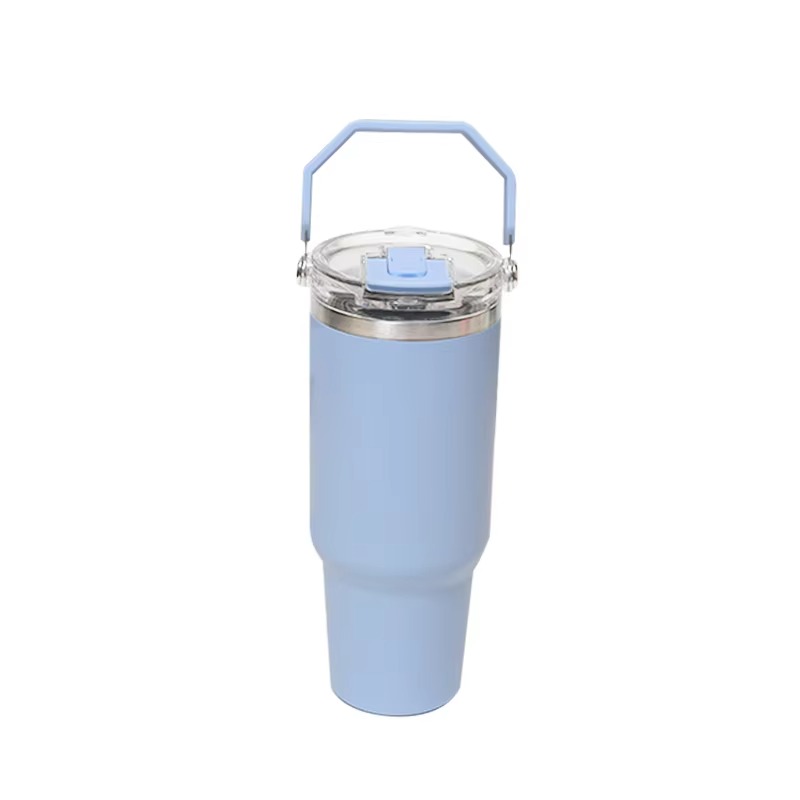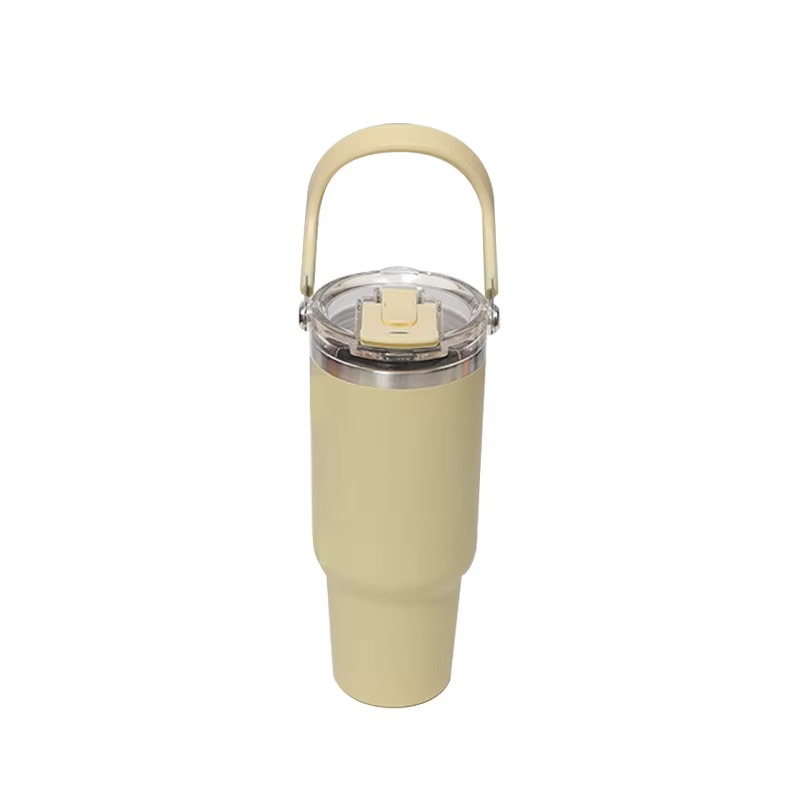Consumers who take their coffee on the road are discovering that the container they choose can shape the way a brew tastes. Industry observers and product designers at Automugfactory say material selection is now central to conversations about flavor preservation, as drinkers seek a balance between convenience and a faithful drinking experience.
The discussion centers on three common materials used in to-go mugs — plastic, metal, and ceramic — and how each interacts with coffee’s delicate aroma and taste compounds. While other factors such as insulation and lid design affect temperature and spill control, taste specialists stress that the mug’s surface and internal finish play a decisive role in whether a cup will preserve or alter a brew’s profile.
Plastic: convenience with lingering memory
Plastic remains popular for its light weight and low cost, but experts point out a downside that can matter to discerning drinkers: plastic can retain odors and residues. Over time, oils and aromatic compounds from coffee and other beverages can become trapped in the material’s surface, producing faint carryover flavors. That means a mug that once held a bold roast may later lend a shadow of that roast to a more delicate tea or single-origin pour. Regular, thorough cleaning reduces buildup, yet aficionados who prioritize tasting subtleties often view plastic as the least neutral option.
Metal: durable and thermally effective, sometimes noticeable in flavor
Metal travel mugs — frequently chosen for their ruggedness and insulating properties — do not absorb aromas the way plastic can. However, some users report a subtle metallic note with certain brews. The presence and perception of that note can vary widely depending on the mug’s internal finish and the particular coffee being consumed. For many commuters, the trade-off between durability and occasional flavor alteration is acceptable, especially when a mug’s double-walled design offers extended warmth. Still, those focused on pure flavor transmission may sample a metal mug before making it their daily carrier for specialty coffee.
Ceramic: a neutral surface for truer flavor
Ceramic surfaces coated with a stable glaze are generally non-reactive and resist both absorption and imparting of flavors. That neutrality makes ceramic a preferred option when the priority is preserving a coffee’s intended aroma and taste. In settings where flavor fidelity matters — such as sampling single-origin pours or tasting delicate roasts — a ceramic-lined travel cup offers the smallest risk of altering the drink. Designers have increasingly looked to ceramic finishes for travel mugs that aim to combine portability with sensory integrity.
Temperature and construction: how heat preservation affects perception
Beyond material, how a mug manages heat influences taste. Double-walled construction—whether in metal or ceramic—helps maintain a consistent temperature, slowing the cooling process that can change perceived acidity and sweetness. Because many flavor notes become more or less pronounced as coffee cools, temperature stability allows a drinker to experience a broader portion of a cup’s profile. Lids, seals, and any plastic mouthpieces also factor into sensory experience; poorly finished components can introduce faint foreign tastes or trap residues that alter future pours.
Practical advice for those weighing flavor
Industry commentators suggest a few simple practices to keep coffee tasting as intended: choose a neutral interior surface when flavor matters, perform occasional taste tests if switching mug types, and wash all components thoroughly after each use. If a mug previously held other beverages, a careful cleaning routine is especially important before it becomes the carrier for more nuanced coffees.
Table: Material effects on coffee flavor and handling
|
Material |
Impact on Flavor |
Thermal Behavior |
Cleaning & Maintenance |
|
Plastic |
May retain odors and subtle flavors over time |
Lightweight; variable insulation depending on design |
Requires deep cleaning to avoid buildup |
|
Metal |
Rarely absorbs, but can sometimes lend a metallic edge |
Often excels at heat retention, especially double-walled designs |
Interior finish matters; clean regularly |
|
Ceramic |
Neutral — resists imparting or absorbing flavors |
Good at maintaining consistent temperature with proper design |
Easy to clean; glaze helps prevent residue |
As more consumers bring high-quality beans into daily routines, conversation around the humble travel mug is shifting from mere convenience to sensory stewardship. Automugfactory’s latest guidance encourages buyers to think about the interplay between material, construction, and cleaning habits when selecting a mug — especially if they want the drink to reflect the roaster’s intentions rather than the container’s tendencies.For those curious to explore options that prioritize flavor fidelity and sensible thermal performance, Automugfactory’s resources offer further reading and product details. Visit https://www.automugfactory.com for more information.

 English
English Español
Español русский
русский